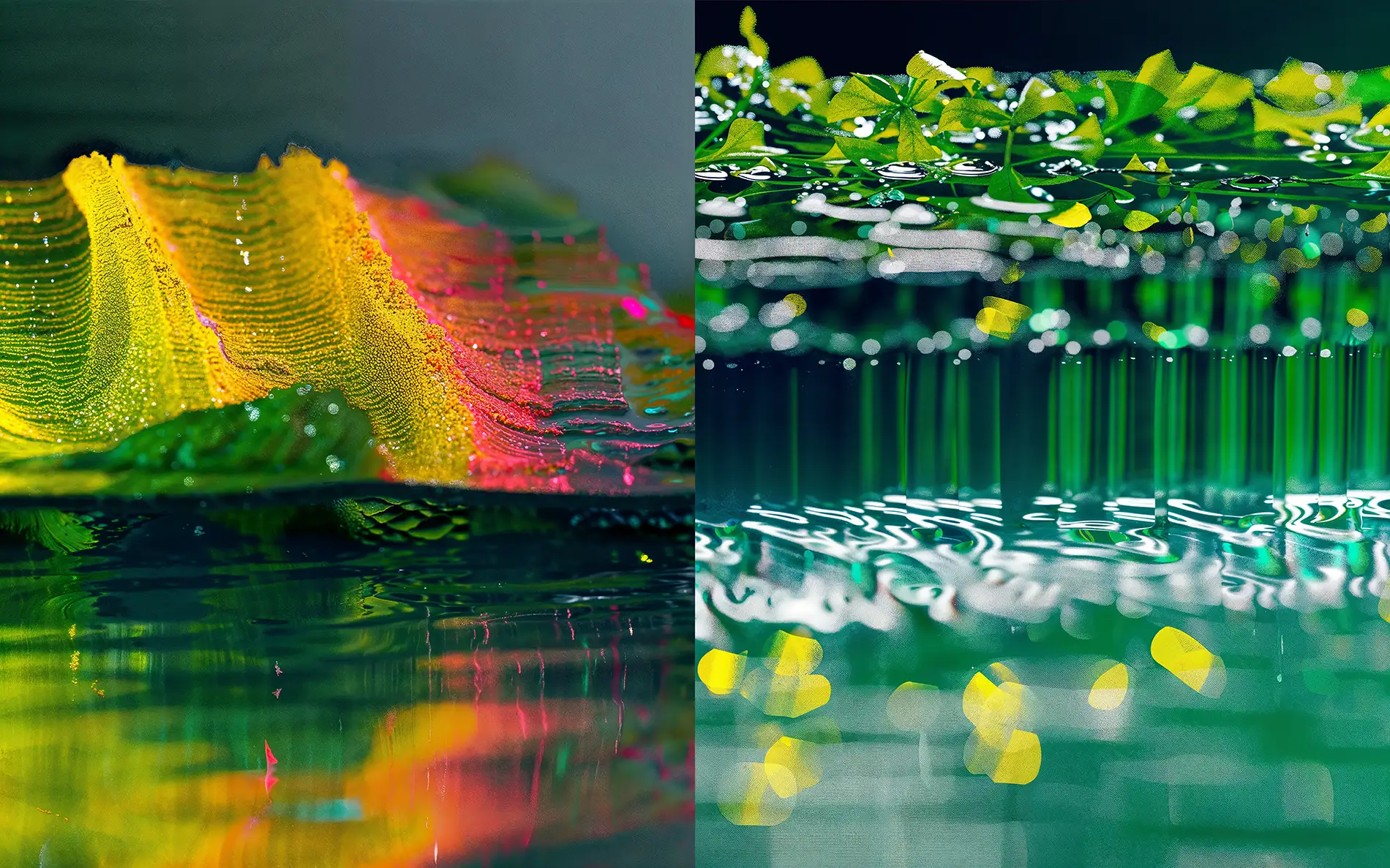According to Grit Wolany, the big questions that concern us - not only as creative professionals - are being raised in a completely new way by dealing with AI: What is creativity anyway? How do we work together with machines? What makes us human and a good idea? As an AI trend scout at the Zurich University of the Arts (ZHdK), at the ADC and in her job as an art director, she is in frequent contact with students and the industry - and has a lot to tell ...
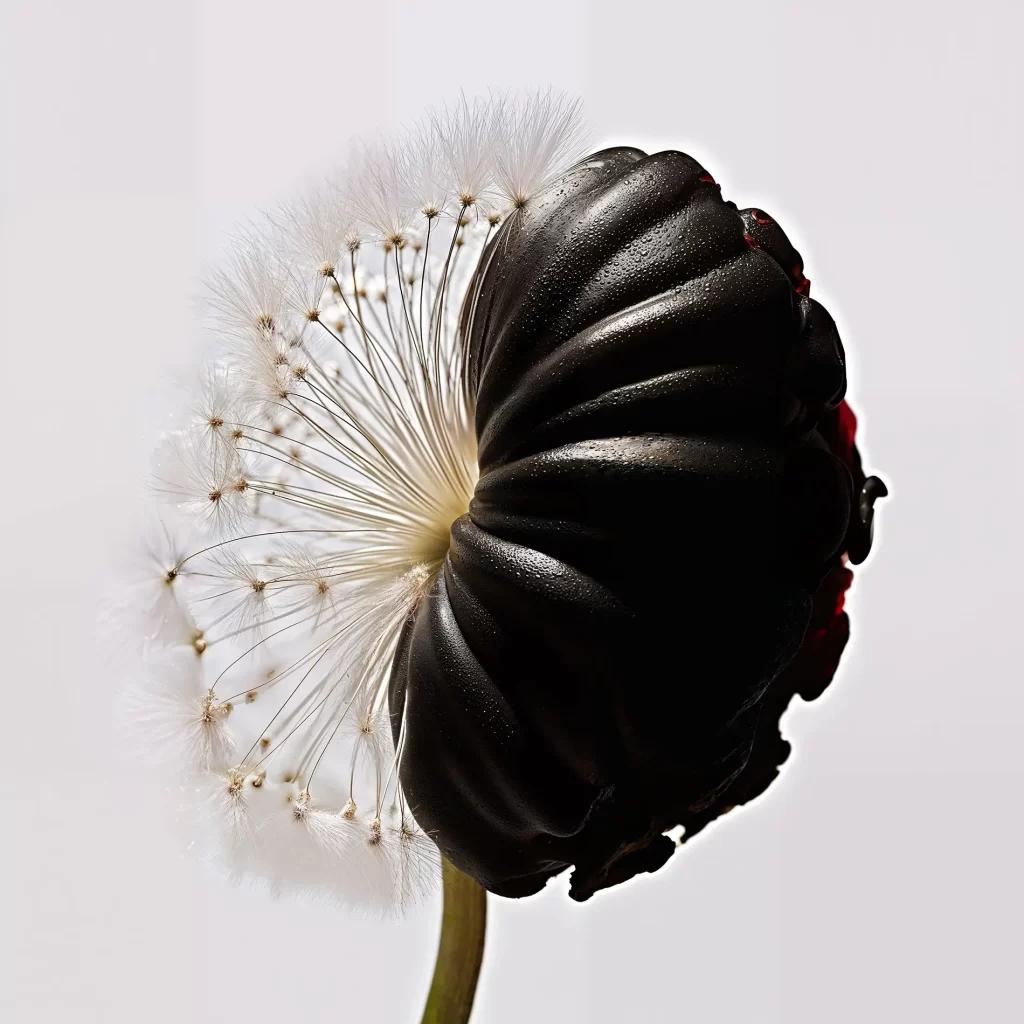
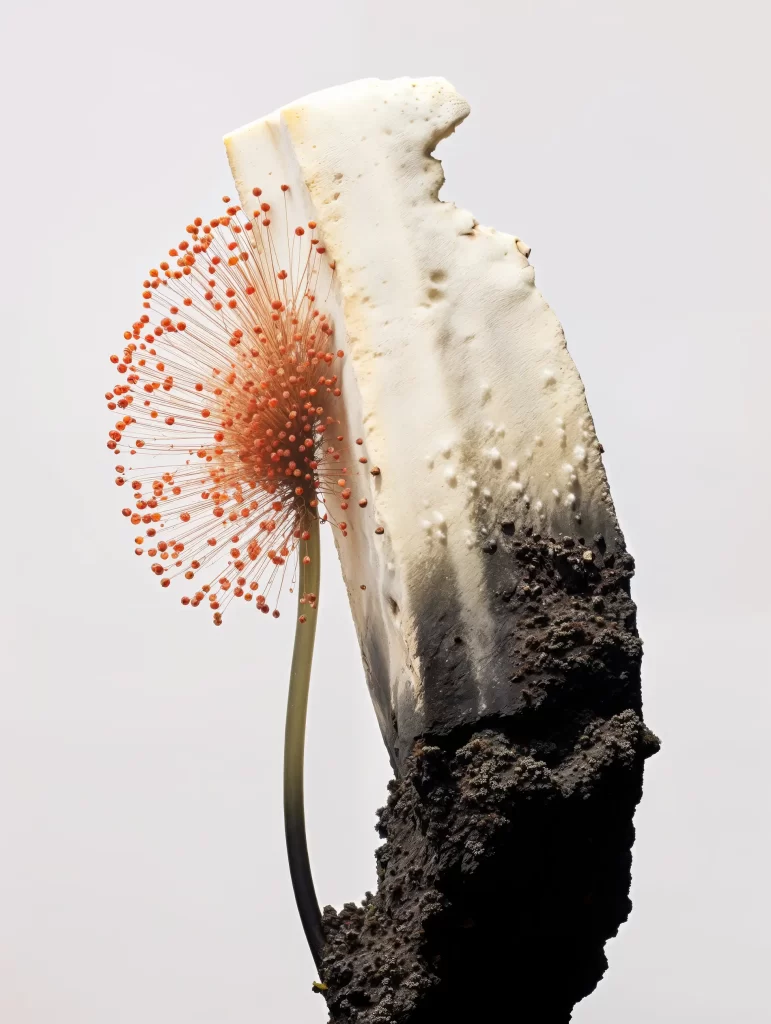
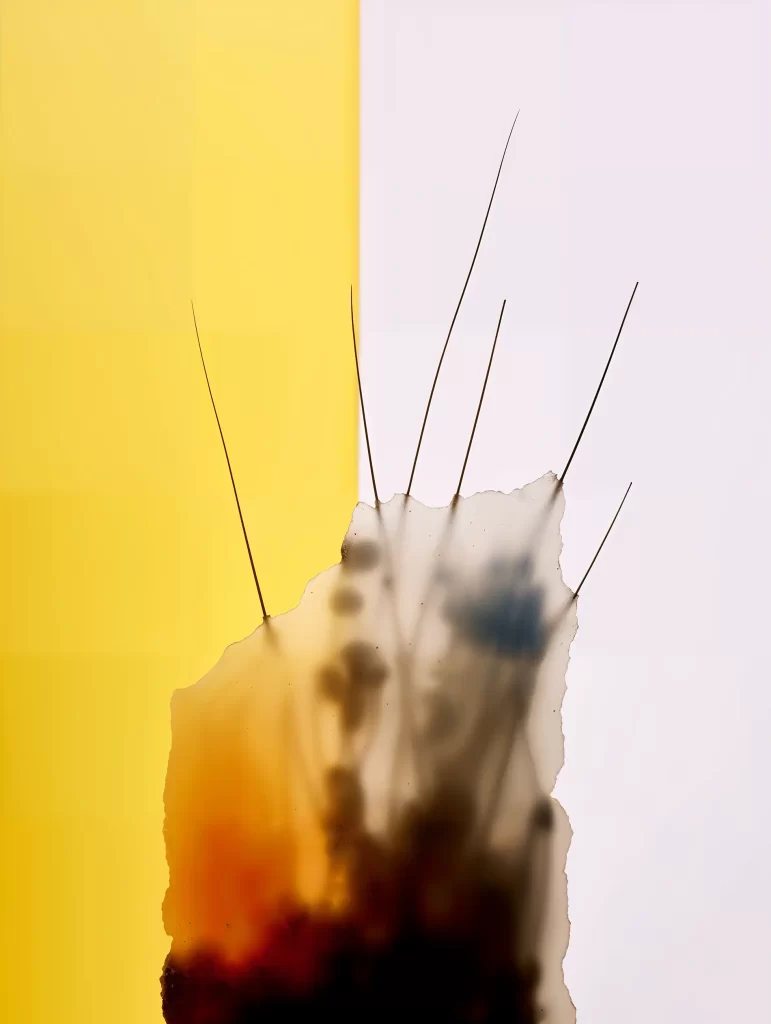
The results of artificial intelligence can often be confusing, biased or even ugly, as Grit Wolany knows only too well. As an AI scout and trend researcher as well as an art director and designer with many years of experience, she wants to show that there is another way: in her university work and workshops, she sheds light on the dark and helps creatives to use this technology in a stylish and responsible way.
But what does an AI trend scout actually do? "At the ZHdK, we called the position AI Scout because I wanted to be a bit open about what I actually do there," she laughs. "I studied Trends & Identity in the Master's program there, before that Design. I didn't want to call myself an expert directly, but I already have knowledge and was therefore quite happy with AI Scout."
If, like the author of this text, the term "scout" immediately brings to mind Wes Anderson films, a curious girl who has the best view from a tower with binoculars, you may not be entirely wrong: Grit Wolany is not only curious beyond measure, she also loves thinking in different directions, trying out experiments and not having to commit to one persona.
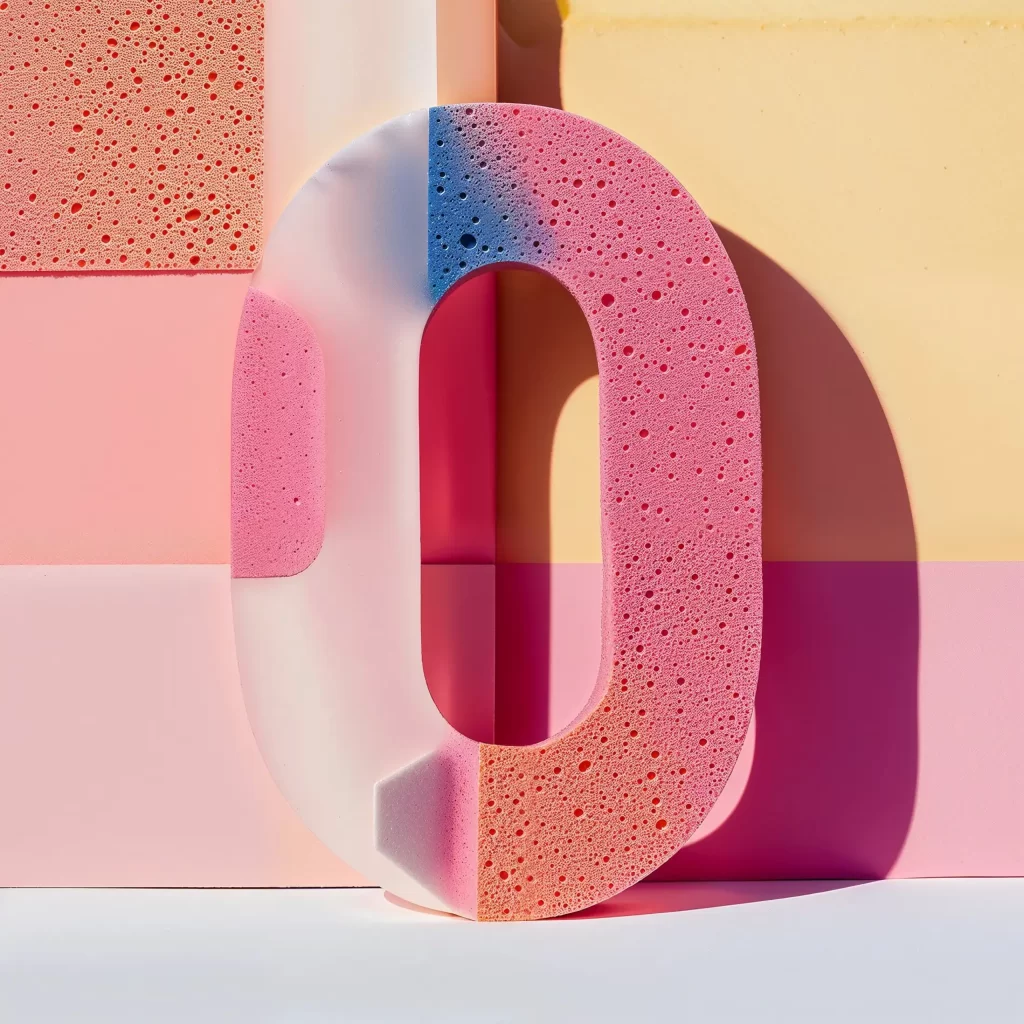
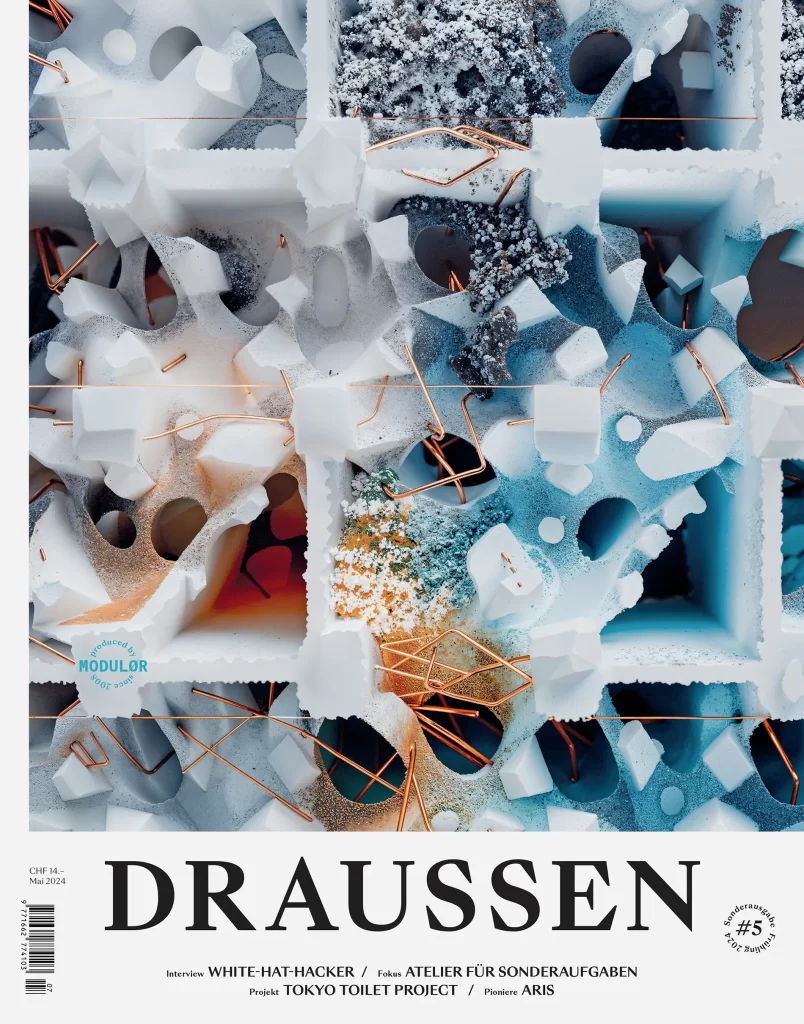
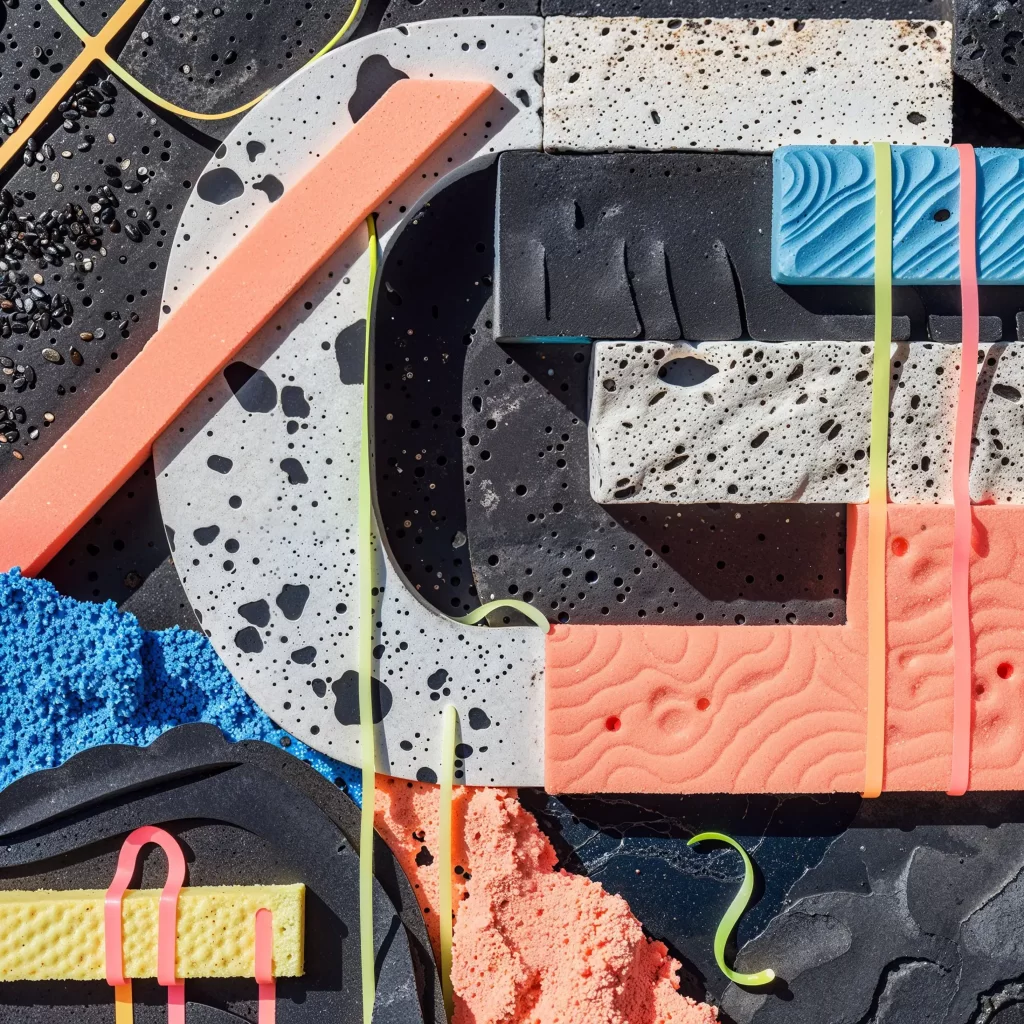
OKGO, typographic experiments and special issue "Draussen" of the Swiss architecture magazine "Modulør"
In the interview, Grit Wolany emphasizes that the optimal use of AI depends heavily on individual needs. The exciting thing about AI is that everyone can use it in a way that is practical for them personally - from experimental AI voice personas to the pragmatic summarization of meetings. "If you're someone who likes writing, you might not want to have it replaced, but other uses are practical for you," she says. From her work at the ZHdK, Grit Wolany reports that she experiences the students as very reflective and critical: "They often say to me: 'I don't want to have the nice things taken away from me, things that I enjoy'. And that's perhaps a good start, to say: 'What don't I enjoy and which tasks wouldn't I be angry about if I could do them faster?"

At an internal agency workshop at the Peter Schmidt Group as part of their "Future Playgrounds" series, which I was able to attend last year, I got to see her humorous and relaxed introduction to various AI tools for myself. She seemed surprisingly calm compared to the rapid development of many tools, whose constant innovations often seem to put you under pressure as a creative. Grit Wolany, on the other hand, has the joy of trying things out, but also the fun of persevering. "I myself finished my studies in 2002. At that time, you could spend a while working on briefings to develop a concept," she explains. "We creatives are not machines that automatically come up with solutions. Since then, however, everything has become faster and faster, processes are streamlined, although sometimes you have to go other ways to come up with new ideas.
The exploratory aspect often has the greatest appeal. Unfortunately, we are no longer used to not knowing exactly whether there will be a result at all." That's why she is particularly enthusiastic about AI and conducting her own experiments without a briefing. As soon as commercial design contracts come into play, there is more pressure to succeed: "I already realize that it's different when I'm not experimenting freely, but have to use AI in a job. When I'm asked how long it will take me, I'm immediately under pressure to estimate between three hours and three months. Especially when a team is dependent on your output or you're paying people." The fact that there is currently still a certain degree of unpredictability when dealing with artificial intelligence cannot be explained to all clients.

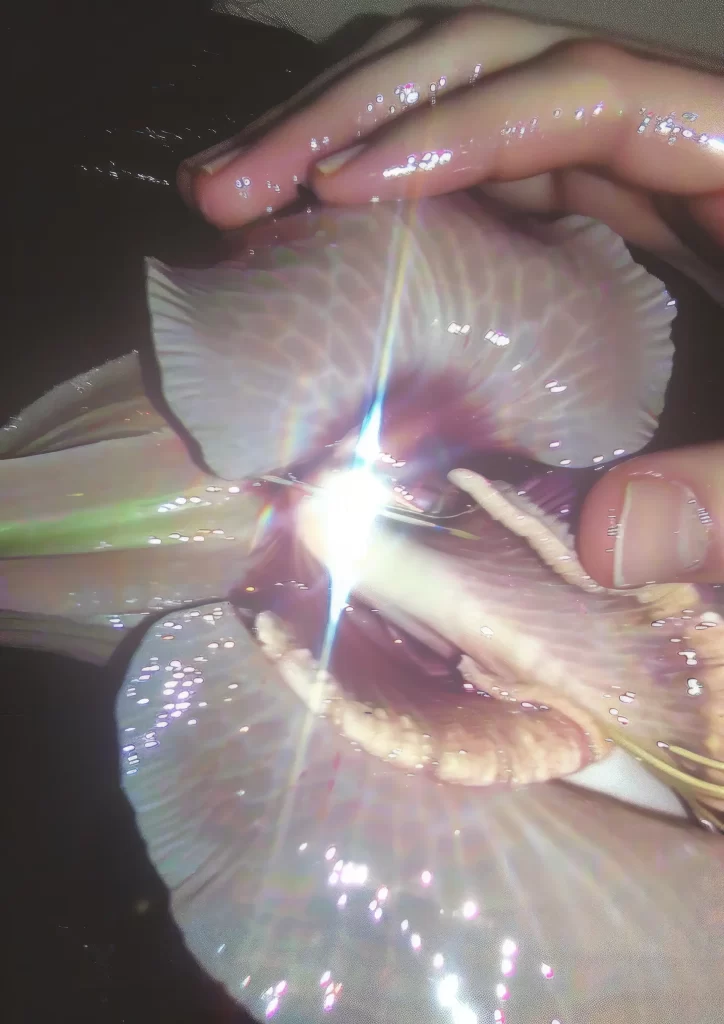
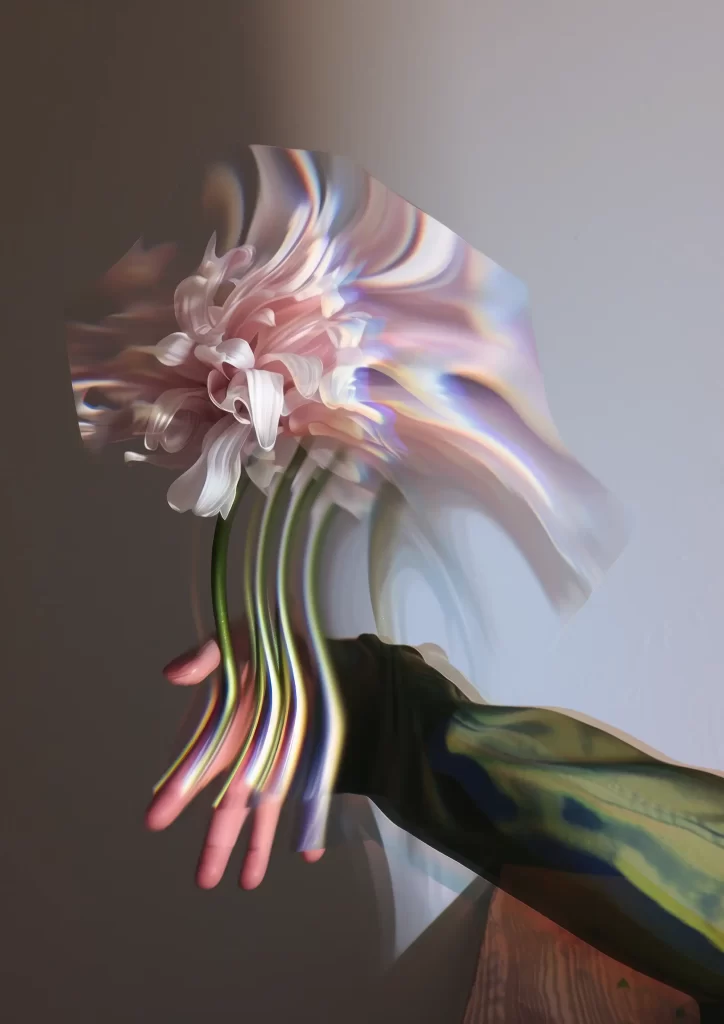
For her, freelance work is also where most of the power lies, because she devotes herself to the creative process with a great deal of freedom. In her experience, agencies tend to use AI for visual research or storyboards, for example. Because it is then used more as a tool that underpins the work, there is perhaps not quite as much passion involved, which is very different for freelance work without time pressure.
Basically, she is strongly driven by the question of which aesthetics we have perhaps not yet discovered - and is therefore both critical and optimistic about the future of AI in the creative field: "In my research, I am already finding so many new things, but is there an in-between between photography and AI, immersive worlds, moving images that we have not yet developed? This question really fascinates me. At the moment, human errors coupled with machine errors still dominate."
This is compounded by the mental challenge that the amount of images produced by AI can lead to a certain arbitrariness. Not to mention the insane amount of data that is already insane for reasons of sustainability. AI data storage already consumes as much energy as a small country and experts estimate that demand will double by 2026. "I'm torn between enthusiasm for the possibilities and the pointlessness of the amount of images being produced," admits Grit Wolany. "They should actually be better recycled. I'm torn about that. But at the end of the day, the process is the most interesting thing for me, the joy of making - like when you used to work with your hands."
She also describes the fact that the creative process often cannot be planned at this precise moment of flow as its strength: being able to quickly try out different ideas in order to be able to engage with unexpected results in terms of design. In general, however, this form of image flow is nothing new: "It already existed before generative design. AI is often not the cause, but rather a symptom, a response to cultural patterns," she says. "There have always been templates, people have always looked for the easy way, there have always been counter calculations and KPIs, people have always tried to somehow make the best, most creative idea measurable in order to accelerate it."
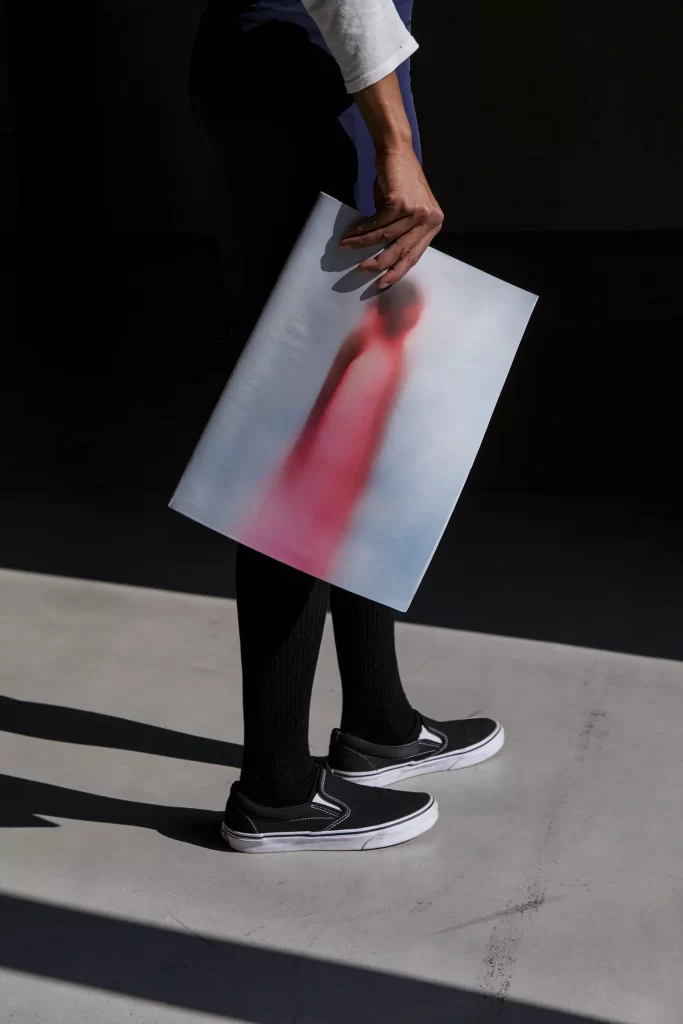
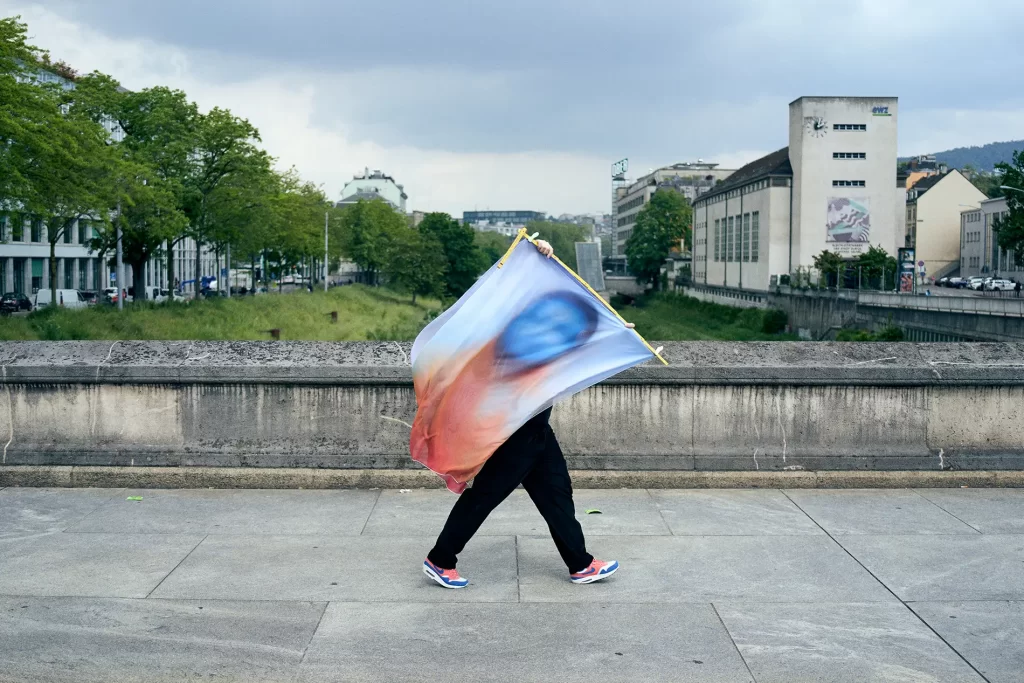
This is precisely why her playful workshops seem to provide an alternative approach to how technology can be approached without pressure. With her workshop participants, she often finds that the various AI tools are a lot of fun for people if they can think in a process-oriented way: "It's then exciting when experimenting and learning, less so for those who only see the result afterwards, like a child holding a self-painted picture up to their mom," she laughs.
Grit Wolany offers a variety of workshops and keynotes that not only provide valuable knowledge, but also practical tips and tricks. Her impulses range from deep insights into Generative AI and Midjourney to short inputs and keynotes on the potential of AI and creativity. Participants will learn how text and image AIs work, what ethical and legal challenges there are - and, above all, how to apply them in practice.
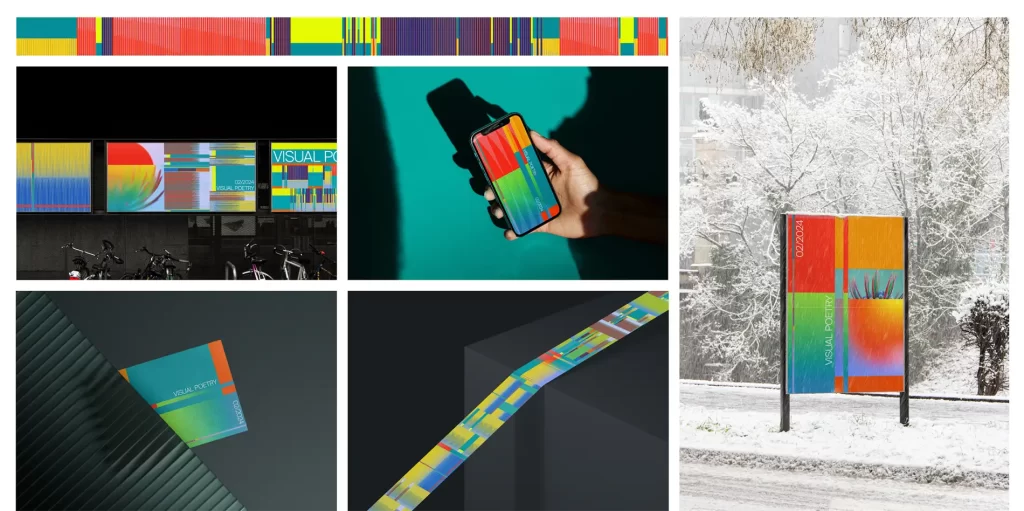
Text: Sonja Pham
You can find more long reads here ...
